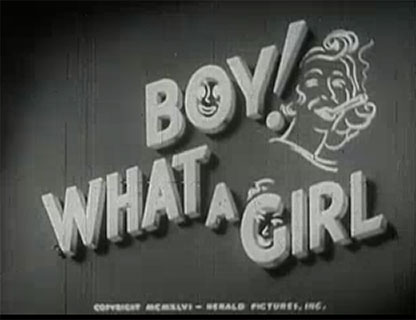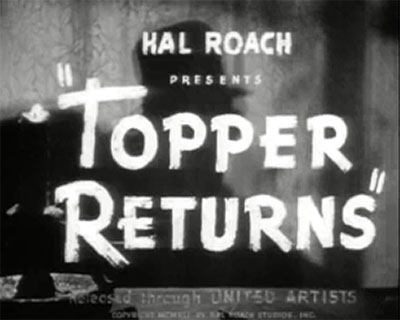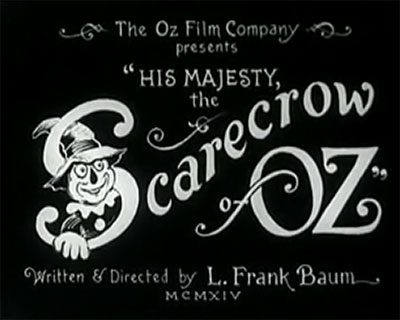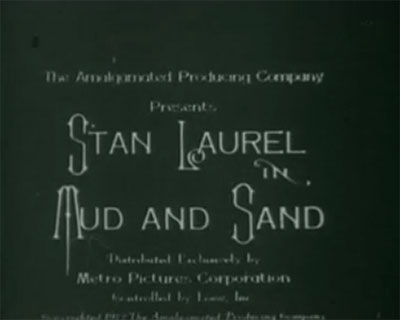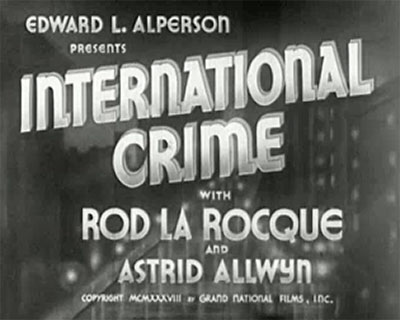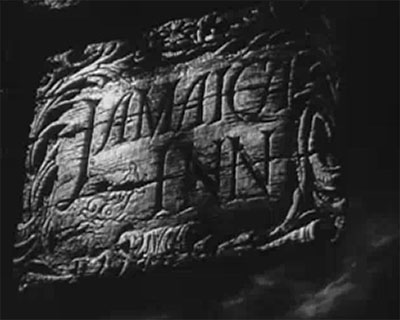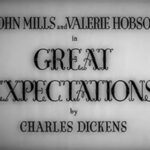“The Vagabond” is a silent film written, directed, produced by and starring Charlie Chaplin. The movie was released in 1916 and tells the story of a wandering musician who falls in love with a beautiful gypsy woman.
In the film, Chaplin plays the role of a street musician who performs for a living. One day, he comes across a group of gypsies who have been injured in a fight with a rival group. He helps them and is rewarded with a meal and a chance to perform for them.
While performing, the musician sees a beautiful young gypsy woman, played by Edna Purviance. He falls in love with her and decides to stay with the gypsy caravan, leaving his old life behind. However, he soon discovers that the gypsies are being mistreated by a cruel and abusive leader, played by Eric Campbell.
Determined to help the gypsies, Chaplin’s character comes up with a plan to free them from the tyrannical leader. In a dramatic and suspenseful sequence, he fights Campbell’s character and saves the gypsy woman.
The film ends with the musician and the gypsy woman leaving together, while the rest of the gypsies celebrate their freedom. “The Vagabond” was a critical and commercial success, and is considered one of Chaplin’s most important early films.
Directors:
Charles Chaplin
Writer:
Charles Chaplin, Vincent Bryan, Maverick Terrell
Stars:
Charles Chaplin, Edna Purviance, Eric Campbell


